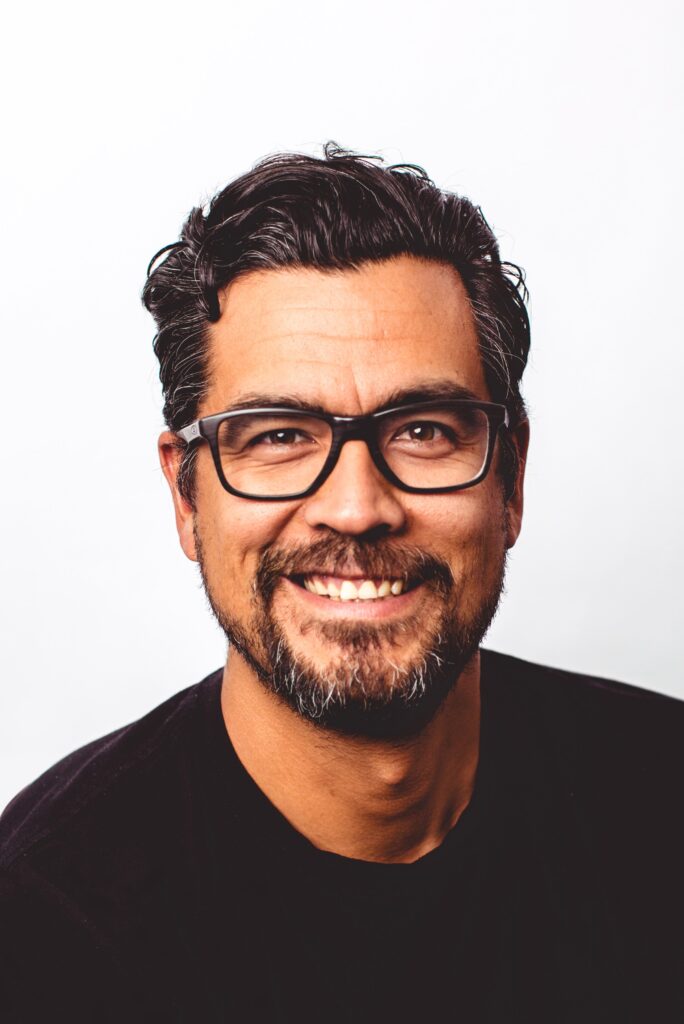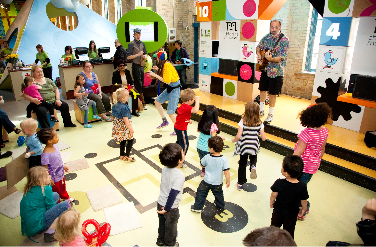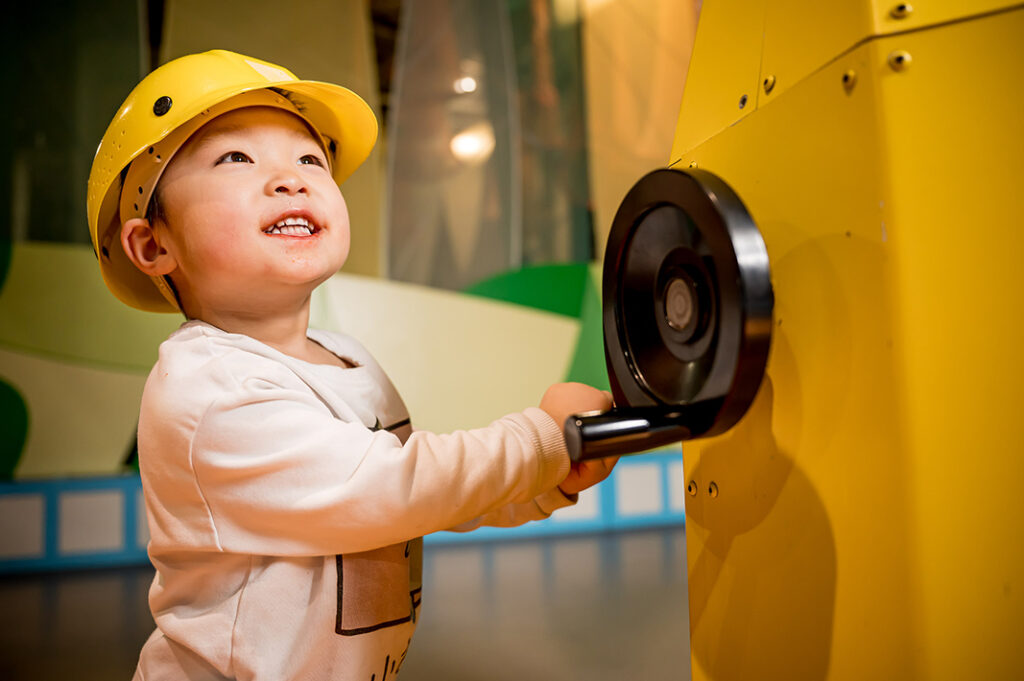The Power of Storytelling with David Robertson
As we celebrate Indigenous History Month, it’s essential to recognize the profound impact of storytelling in preserving and sharing Indigenous culture. We had the pleasure of interviewing David Robertson, an award-winning author known for his significant contributions to Indigenous literature. David’s insights on the importance of storytelling, his journey as an author, and his thoughts on engaging young readers provide a captivating and enlightening perspective.
A Love for Stories: The Beginnings
David Robertson’s journey into the world of storytelling began at an early age. Inspired by his mother, who read him a diverse range of books, including some genuinely scary ones, David developed a love for reading and writing. One of the memorable books was “Outside Over There” by Maurice Sendak, a book that, despite its creepiness, taught David the complexity and depth that children’s literature can hold.
“I think what it taught me was that you can write about a lot of things for kids that are complex or difficult or scary. It’s just how you do it, how you approach it,” says David.
Comics: The Gateway to Reading
David’s love for comics also played a crucial role in his reading journey. Often overlooked in discussions about literature, comics were a significant part of David’s reading habits growing up. He emphasizes that comics are a powerful tool in building reading skills, particularly for boys who might struggle with or show less interest in traditional books.
“Comics are like the great equalizer. A lot of boys read comics, and comics are reading. You read words, you read images,” David explains.
Writing for Children: Tackling Complex Subjects
David is known for addressing challenging subjects in his books for young readers. From residential schools to mental health, his stories do not shy away from difficult topics. He believes in the intelligence and emotional depth of children, writing in a way that educates without traumatizing.
“Kids need to be learning at a young age about social change, cultural issues, history—issues that help us to function better and be stronger as a community. It’s how you tell the story, not if you should tell the story,” he asserts.
David’s book “When We Were Alone” faced skepticism for its subject matter, but it ultimately proved that complex themes could be communicated effectively to young children.
The Role of Parents and Educators
David encourages parents and educators to foster a diverse and inclusive environment where children can learn about different cultures and histories. He believes that understanding and respecting diversity is crucial in building a strong community.
“It’s important to learn about each other. Not just Indigenous people, but also the Black community, the Asian community, the LGBTQ2S+ community. Learning from lived experiences through stories is essential for reconciliation and building community,” David highlights.
Final Thoughts and Recommendations
As we celebrate and move beyond Indigenous History Month, let’s commit to continue our learning and engagement. David gives us a list of recommended reads that we all can engage with.
Recommended Reading List by David Robertson:
- The Marrow Thieves by Cherie Dimaline
- The Barren Grounds by David A. Robertson
- On the Trapline by David A. Robertson
- Ancestor Approved
- We Still Belong by Christine Day
- Go Show the World by Wab Kinew
- Birdsong by Julie Flett
- We Are Water Protectors by Carole Lindstrom
- Never Whistle at Night
- Braiding Sweetgrass
- A Girl Called Echo series by Katherena Vermette
- Surviving the City by Tasha Spillett



